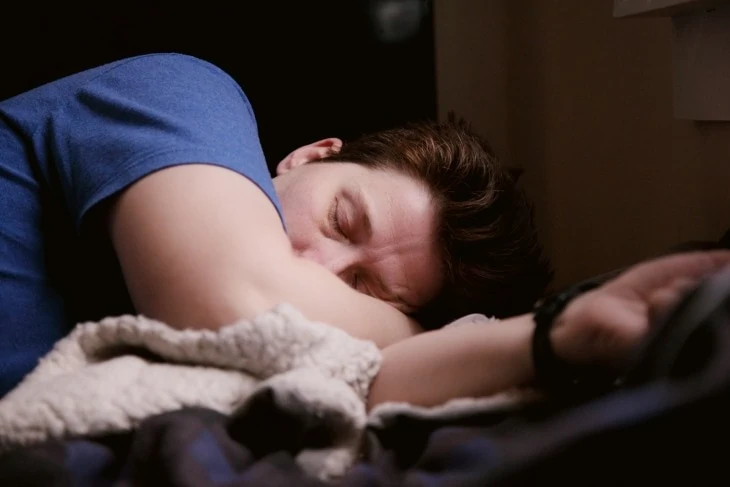Believe it or not, turning a walk-in closet into a temporary bedroom is a very common practice.
We utilized this approach with our youngest child while we were finishing up their nursery. It was a practical way to keep them close during the first few months of their life and it worked out wonderfully.
Sleeping in a walk-in closet is safe as long as there is proper airflow. Ideally, you should remove doors before doing so or at the very least remove any locks to prevent somebody from getting trapped and leave the door cracked open while sleeping.
Bonus: It can even be used for a one-night indoor camping session with your kids!
Table of Contents
Can You Suffocate Sleeping in a Closet?

This is by far the most common concern when it comes to sleeping in a closet. They are usually windowless and some aren’t outfitted with air vents or smoke detectors.
While a lack of a ceiling vent may lead to a stuffy room, there will be ample airflow from the doorway alone. It is highly recommended that you leave the door cracked or remove it entirely before making yourself at home in the closet.
If there is no outlet accessible within the closet, you can purchase a battery-powered fan to help circulate the air better and prevent it from getting too warm.
Safety Tips
Before you get to work on making your mini-bedroom, always keep safety at the front of your mind.
Fire Hazards
Never ever place anything flammable inside of a walk-in closet. This includes candles and space heaters.
More often than not, closets do not have smoke detectors. And because the quarters are a lot closer than a regular room, there is a higher risk of something catching on fire. Just don’t risk it.
Don’t Block the Exit
If a small child will be using the space, remove the door completely & replace it with some privacy curtains. This will increase airflow and also allow the room to still stay semi-closed off.
We opted for traditional black-out curtains. They blocked the light from the main room at night and because they are made of heavier material, they also filtered out a small amount of noise.
Other Considerations
If you plan on putting a baby crib in the empty space, get baby monitors set up right away. Also, remove anything from upper shelves that could potentially fall and injure somebody.
Setting up the Space

Now it’s time to get your closet move-in ready!
Bedding
If you are using a crib, make sure you place it on a wall that will not obstruct the door from opening. It’s also a good idea to assemble it inside the closet so you don’t have to worry about squeezing it through the door frame.
If the room is for an adult, a daybed or foldable futon will make the most use of the smaller space. Even an air mattress is a temporary solution until you can purchase a bed to put in the walk-in closet.
Lighting
A walk-in closet should already have a light on the ceiling, but if it doesn’t, invest in a battery-operated lamp with a heatless bulb. You should avoid running extension cords as this is both a trip hazard and a fire hazard.
We used these cute battery-operated lights we bought online. They offered softer lighting than the overhead bulb, were motion activated, and lasted an entire 4 months!
Accessories

Now you can decorate the area to your heart’s content. If there’s room, you can place nightstands and even a TV.
Just always be mindful of safety concerns. Anything that can fall on someone or trip a person should be avoided.
A Quick Word for Landlords & Renters
No matter how cozy and habitable you’ve made your walk-in closet, in most states it is illegal to list them as “rooms” or rent them out on their own.
Along the same lines, if you are selling your house you cannot list your walk-in closet as an extra bedroom, even if it’s fully made over to be slept in.
Final Thoughts
In a pinch, a walk-in closet makes a fine room to sleep in as long as all safety considerations have been met. It can be temporary or permanent, depending on your needs.

